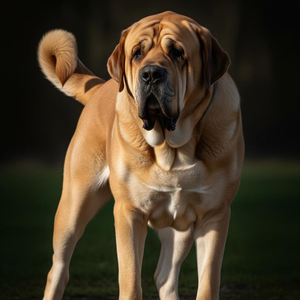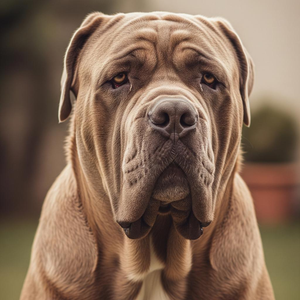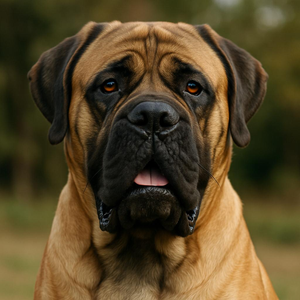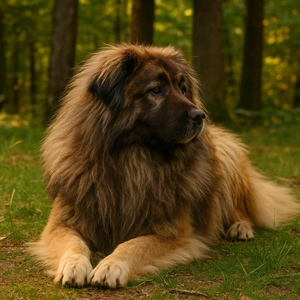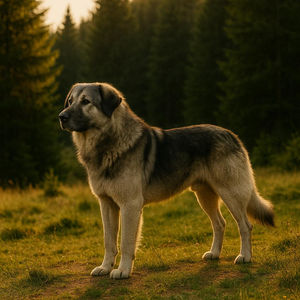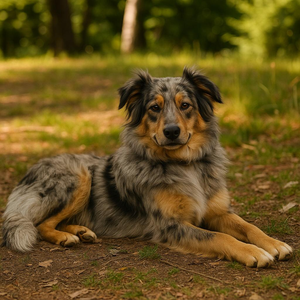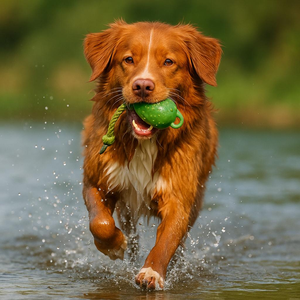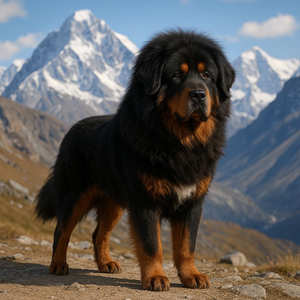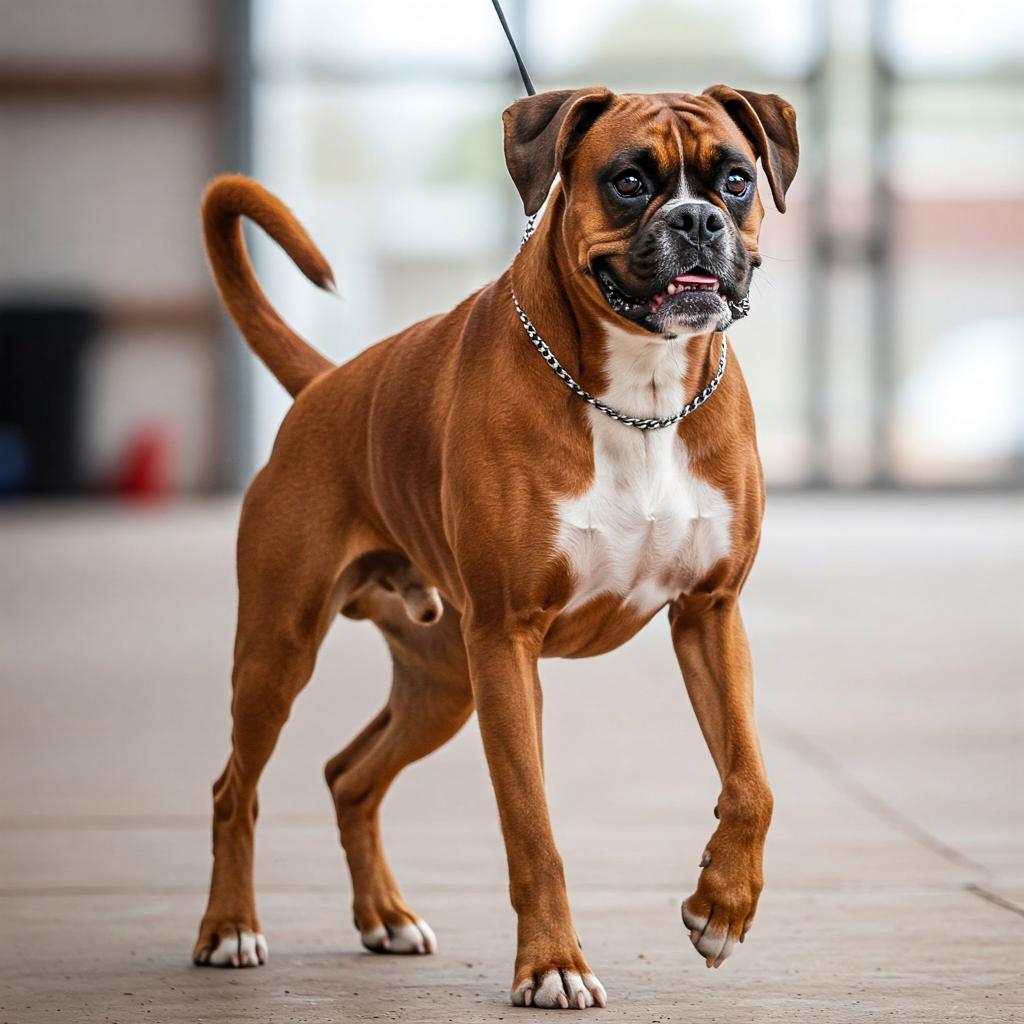
Distinctive Features of the Boxer Dog Breed Traits
The boxer dog breed is relatively young; in fact, we speak of the end of the 18th century, when in Germany, some dog breeders in Munich crossed the German hunting hound bullenbeisser with an English bulldog, and after a few years the first boxer named Flocki was entered in the studbook. In those years the first Boxer Club was founded.
Of course, like all molossoids, it has much older origins. The boxer is descended from the Tibetan molossian, called bullenbeisser, an extinct dog that already existed at the time of the Phoenicians, who were the first to import it into Europe, which was in turn crossed with mastiffs, bulldogs, Great Danes and perhaps even terriers.
These dogs were used for hunting wild boar, bears and deer. These ancestors of the Boxer dog were also used for bull fighting when this was a sport. The breeding of these dogs was then in the hands of hunters who used them for hunting. Their task was to seize the game scouted by the hounds and to hold on to it until the hunter arrived to take down the prey.
For this they needed a dog with a muzzle capable of a firm grip and a firm hold, so the dental arches had to be as wide as possible. The bullenbeisser had these characteristics, which have been maintained up to modern-day specimens.
The Boxer is considered a working dog, and was one of the first breeds used in police operations, as well as a guide for the blind. Today it is also a popular companion and guard dog, but thanks to its character qualities (balance, calmness and steady nerves), it is also used as a support for people with disabilities.
Character of the Boxer dog breed
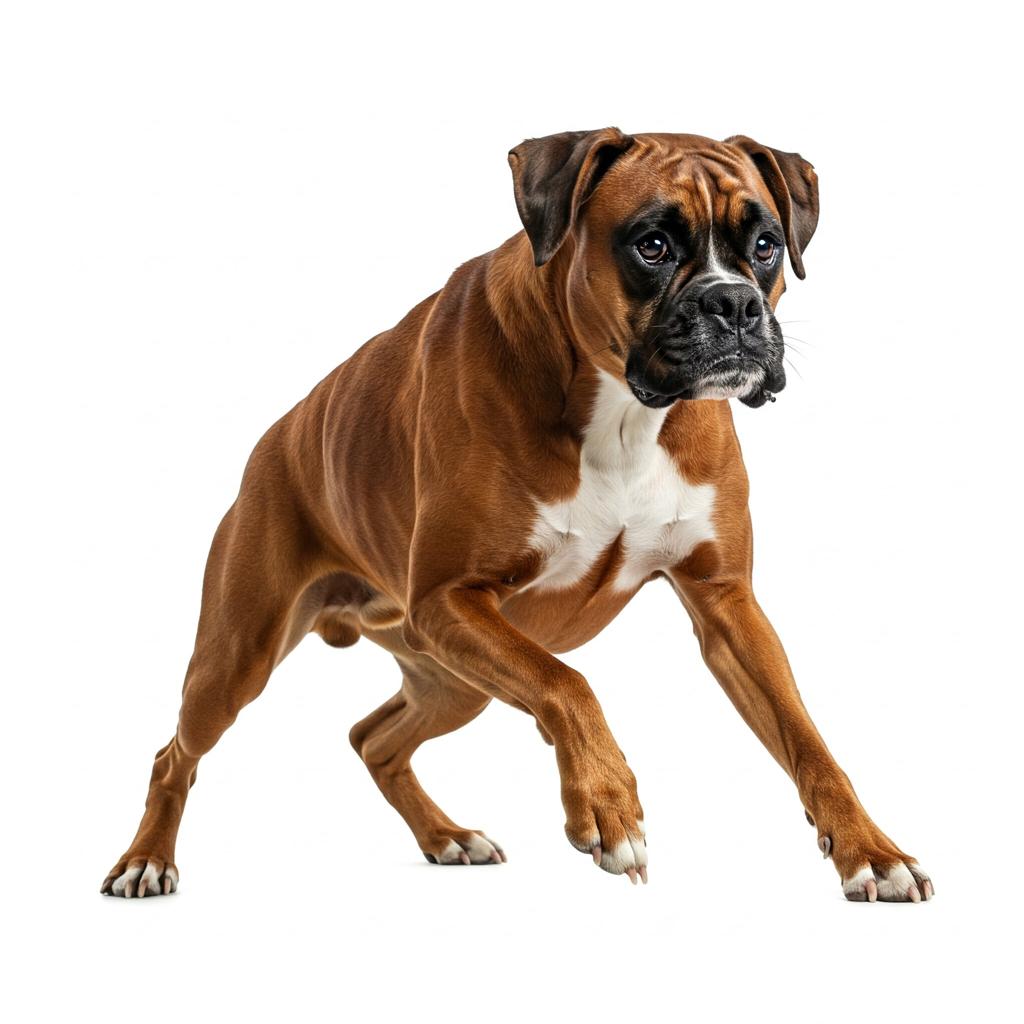
He is very attached especially to his master, and does not like to be alone for long, in fact the boxer needs more than other dog breeds the presence of his human from whom he often requires physical contact. It is easily trained due to its readiness to submit, given its docility, security and courage, its natural acumen and its extraordinary sniffer.
With strangers, however, he retains some of his instinctive distrust, a quality that, together with his courage and sense of protection for his family, makes him an excellent guard dog. When it comes to living together with dogs and other pets in the home, all it needs is a good socialisation early on and it will have no problem reacting well and respectfully.
Appearance of the Boxer dog breed
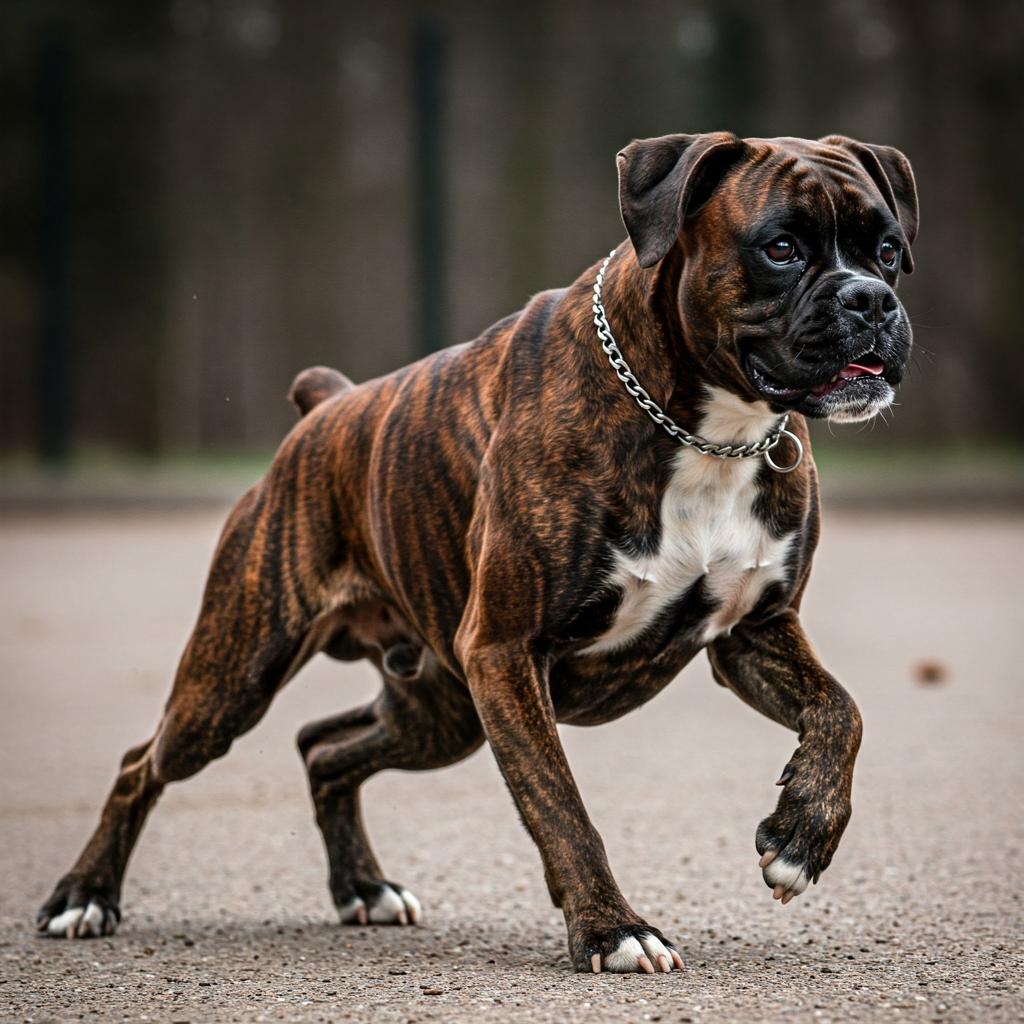
It is the head that gives the boxer its characteristic appearance. The skull is slightly arched, the muzzle is broad and powerful, characterised by a dark mask, the truffle is broad and black, slightly turned upwards with wide nostrils. The jaw is very powerful with prognathous teeth (the jaw protrudes from the jaw and is slightly curved upwards). The ears are descending along the cheeks, the medium-sized, dark eyes reveal intelligence and energy.
The coat is short, shiny, thick and adherent to the skin. The coat is fawn (light or dark fawn) or tiger, fawn or more rarely white. It sheds hair moderately.
Care and health of the Boxer dog breed
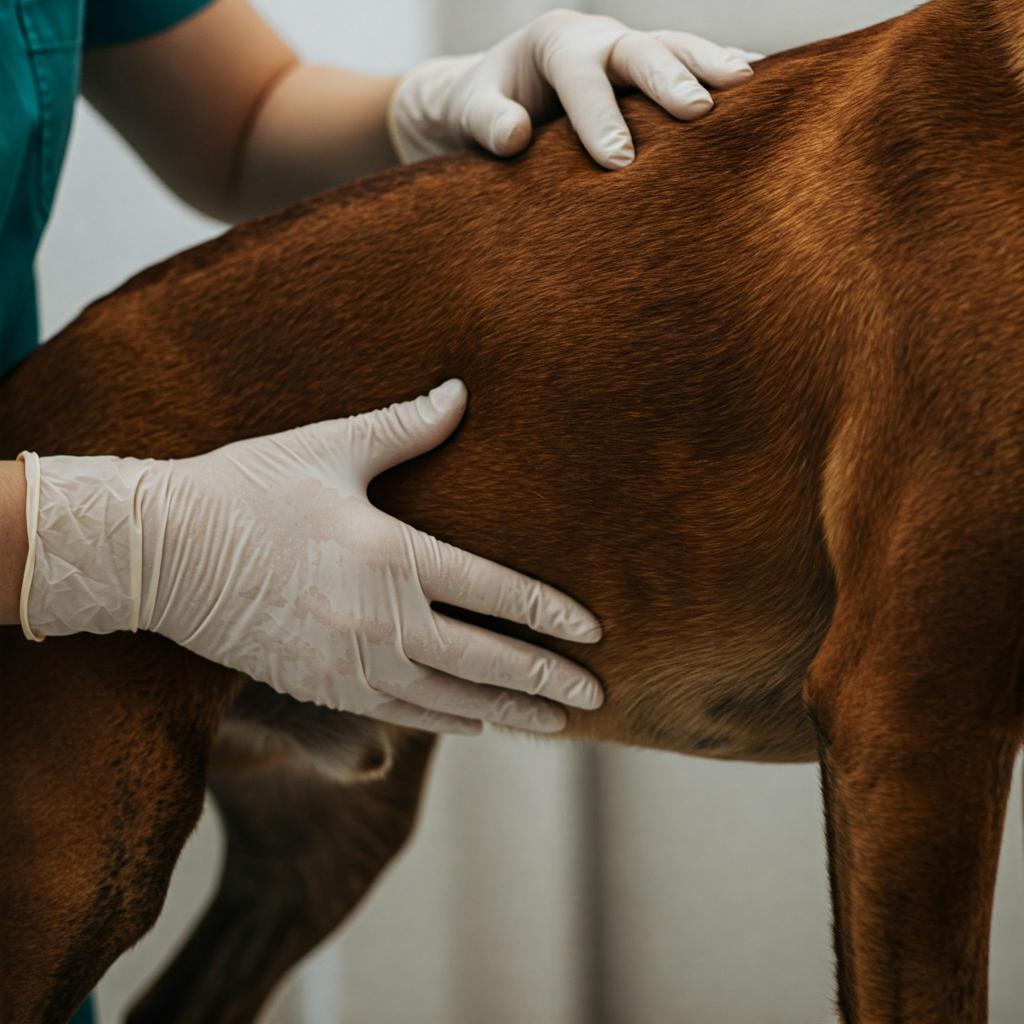
The boxer is a breed with a lot of energy and therefore requires daily exercise, both for walking and playing; more than two hours a day is recommended. This dog is a big eater, so it is good to carefully monitor and balance its diet according to exercise and lifestyle to prevent it from putting on weight. It is a good idea to feed the boxer at least twice a day, as he is predisposed to stomach twisting, and smaller, more frequent meals can help minimise this risk.
As far as coat maintenance is concerned, it is sufficient to brush once a week and bathe as required. Obviously, it is essential to monitor the eyes, mouth and interdigitals and during periods when parasites may be present.
It fears both excessive heat and cold, so it is advisable not to expose it to extremes.


